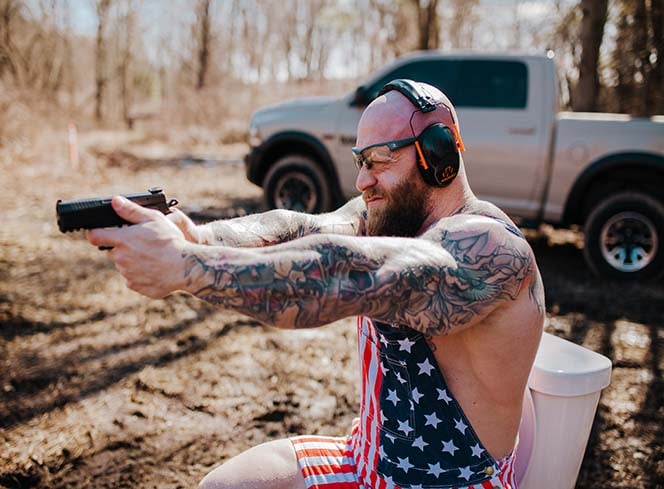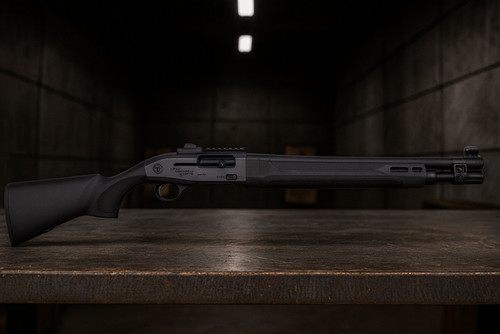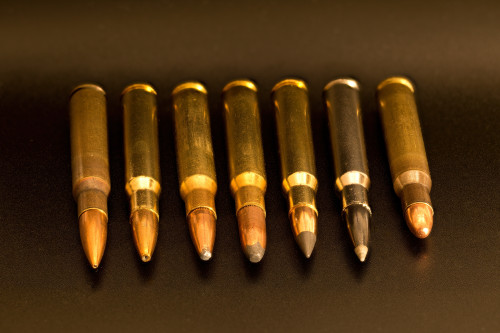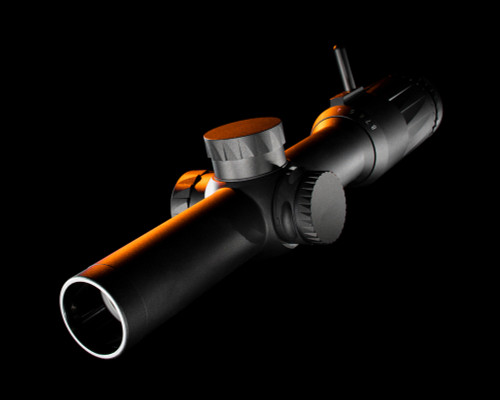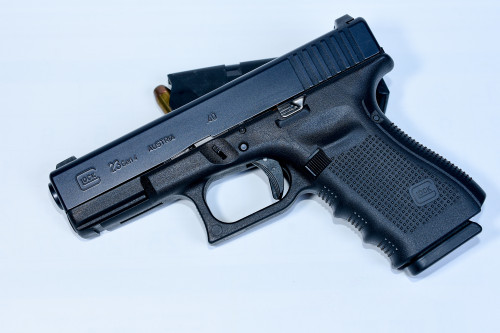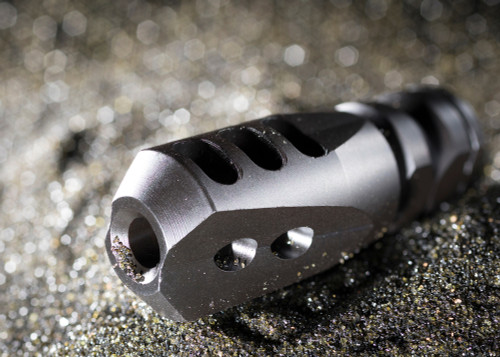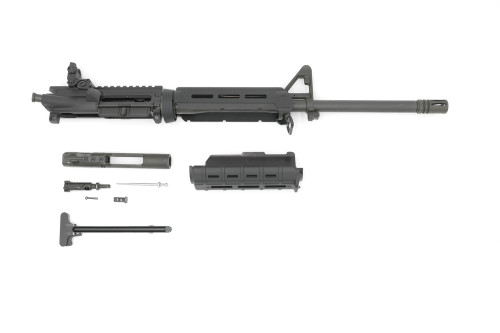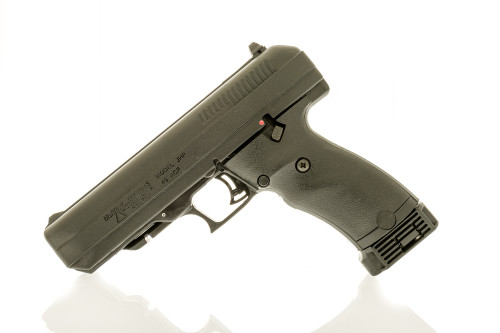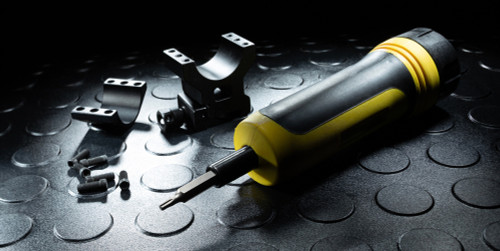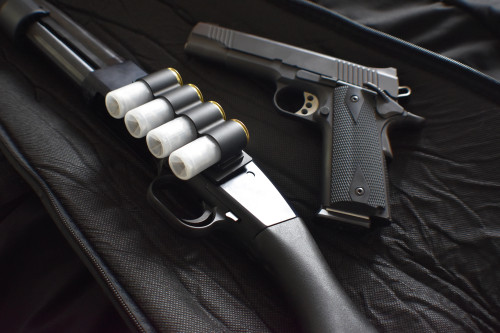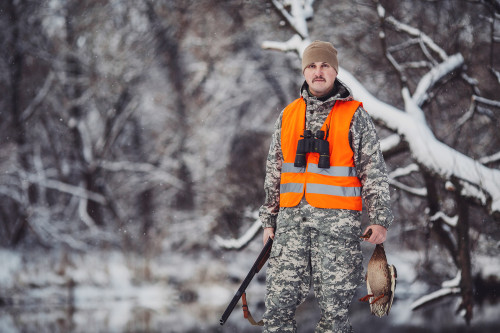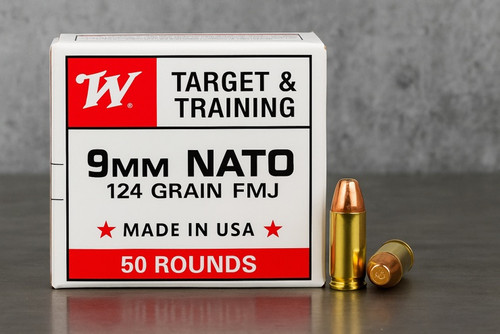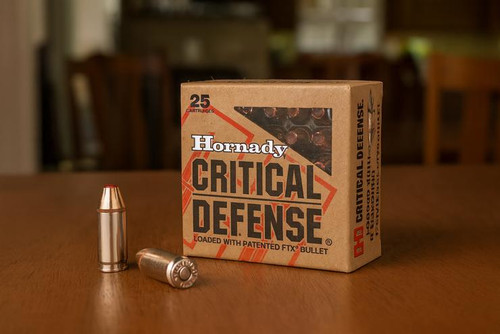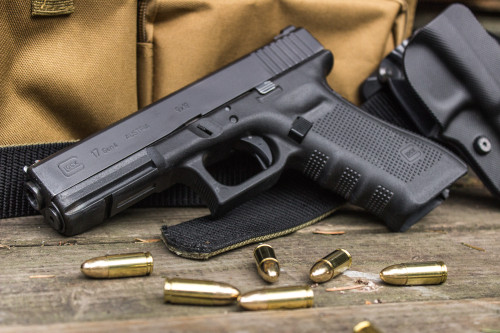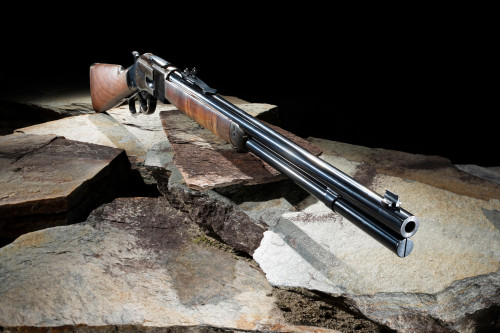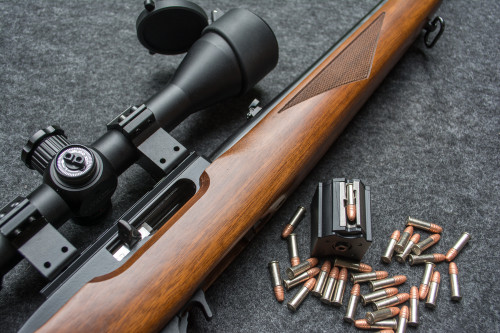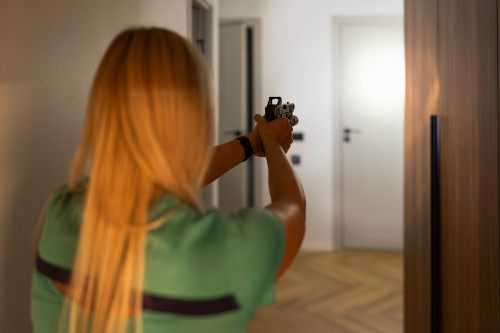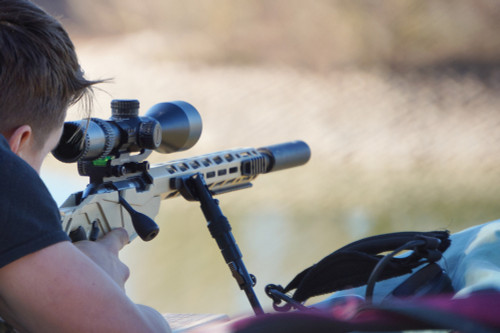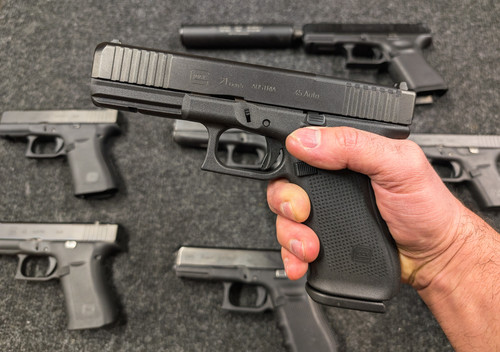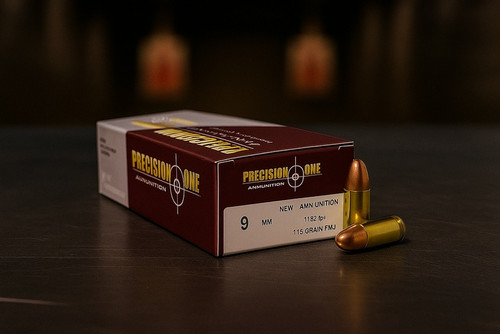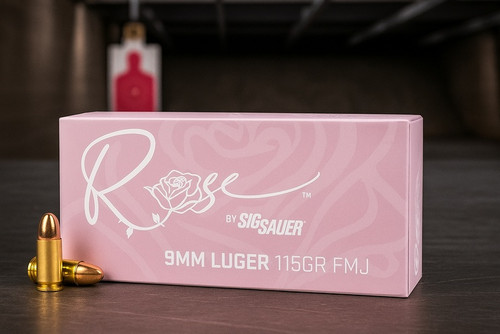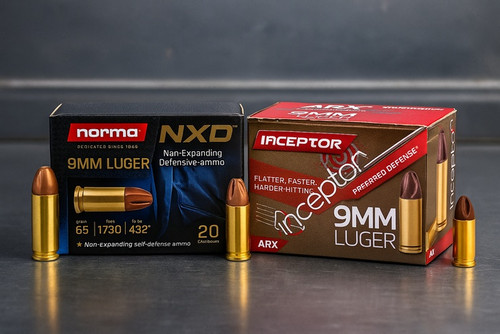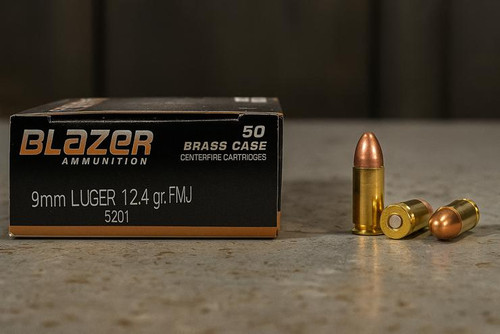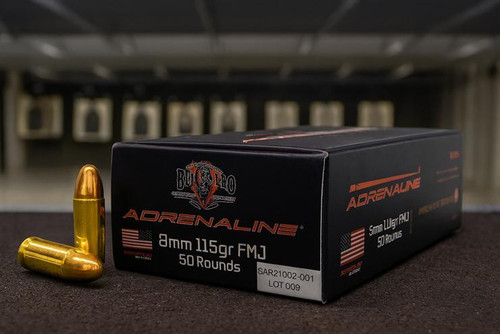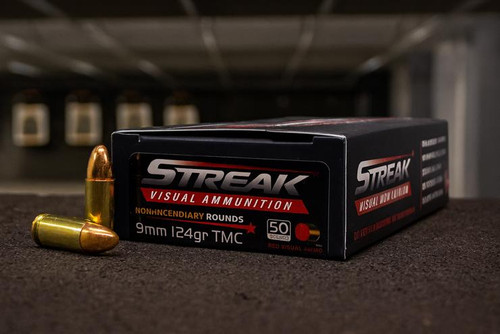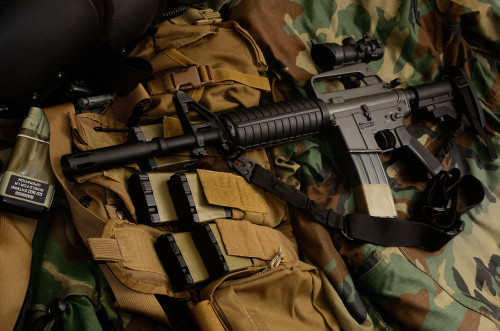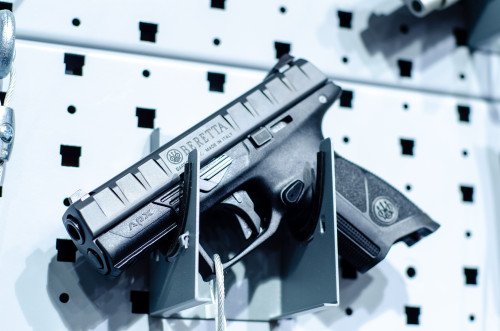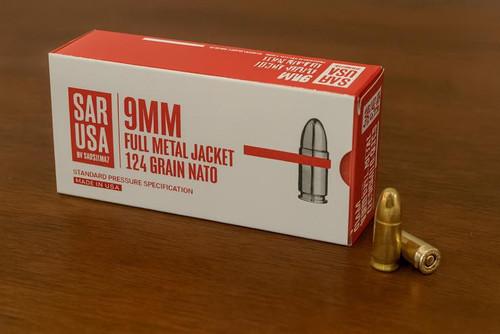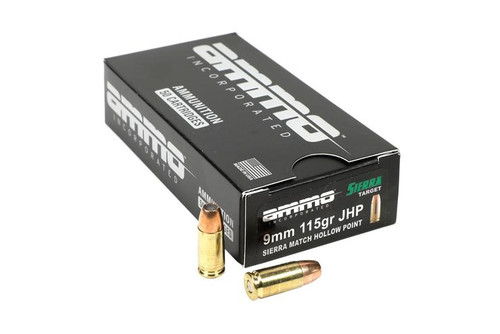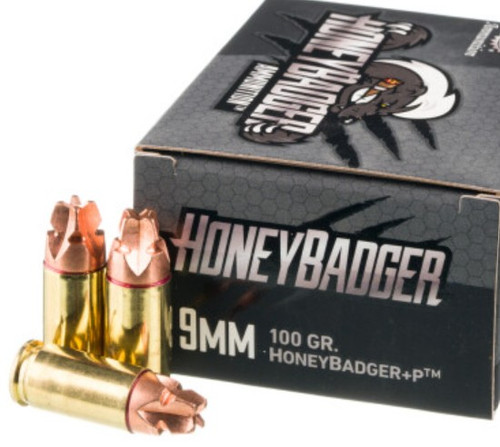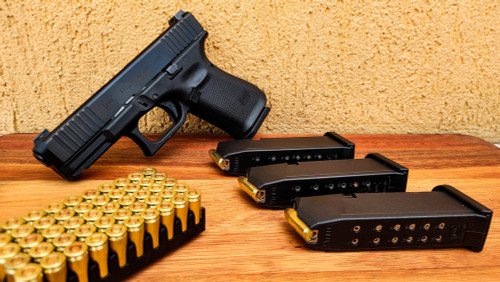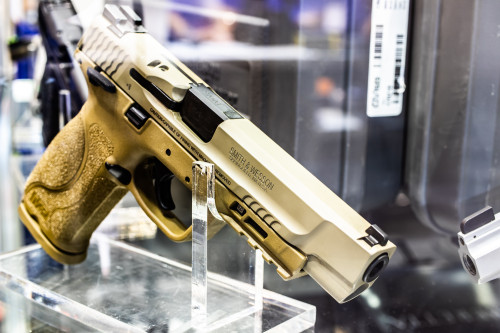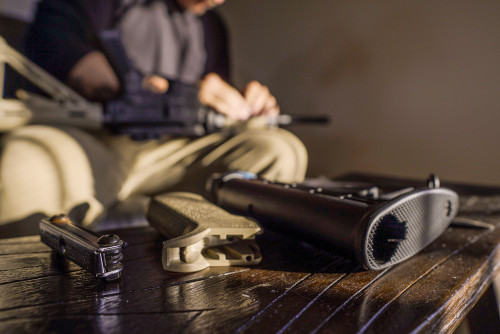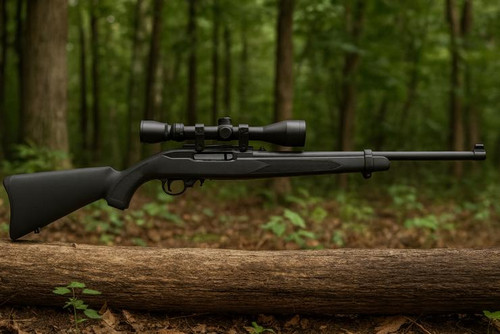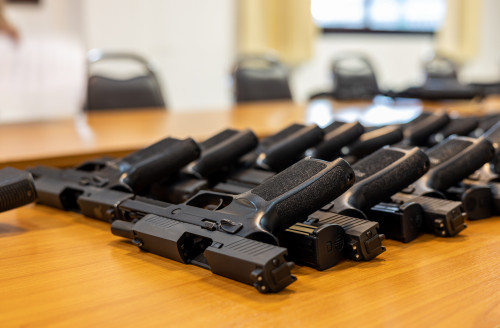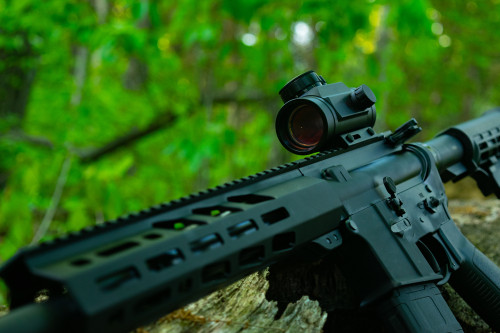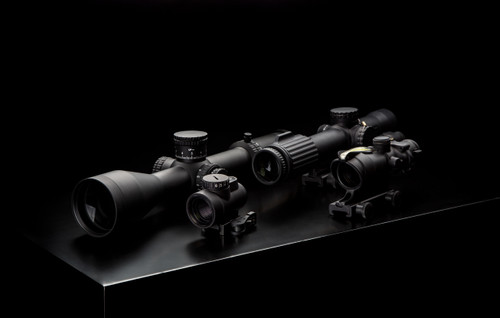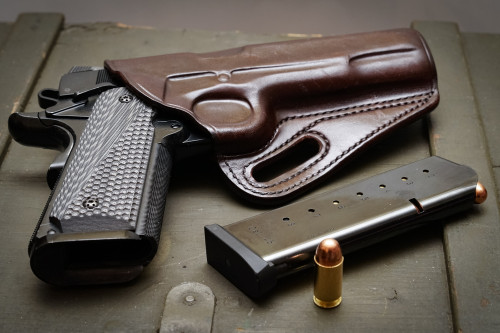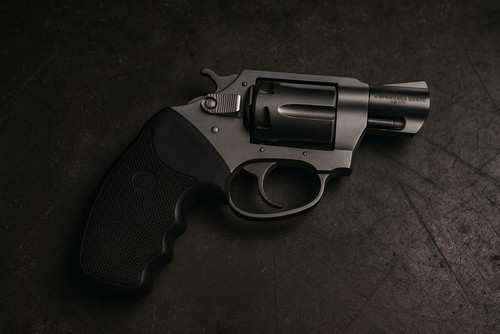Quick-Answer
If you're new to NVGs, start with a Gen-3 PVS-14-style monocular for versatility and value. Pair it with a bump helmet + Wilcox-type breakaway mount, an IR illuminator, and IR laser for aiming. White phosphor offers higher perceived contrast vs classic green but costs more. Binoculars add comfort and depth cues at a steep price. Buy from reputable sellers; check local laws on lasers and exports.
Key Takeaways
- Gen-3 PVS-14 monoculars: best first buy.
- White phosphor improves contrast; pricier.
- Helmet, mount, IR light/laser are essential.
- Train focus, depth, movement at night.
- Buy once, cry once—reputable sellers only.
Most people's first encounter with night vision differs from Hollywood portrayals. No startup 'whine,' just silent operation and an initial period of adjustment. With the right mounting system and proper focus techniques, you adapt fast and move in the dark.
Monocular vs Binocular: Which Fits Your Mission First?
| Feature | Monocular (PVS-14 class) | Binocular |
|---|---|---|
| Cost | Half the cost of binoculars; good budget pick | 2–3× cost of quality monoculars; quad-tubes are very expensive ("car-payment price tag") |
| Eye Use | Uses one eye – preserves natural night vision in the other eye | Uses both eyes – gives depth cues and natural viewing |
| Flexibility / Mounting | Handheld, helmet mountable, or weapon mountable; very versatile | Helmet-mounted; heavier, less flexible |
| Viewing Experience | Good view but no depth perception with one eye | More natural, stereoscopic view; reduces fatigue for long use |
| Field of View | ≈40° standard | ≈40° standard; quad-tube setups give ≈97° FOV |
Picking your first night vision device boils down to practicality and budget. Let's break down the options:
Monocular (PVS-14 class) gives you the most bang for your buck. At roughly half the cost of binoculars, these units let you maintain natural night vision in one eye. This proves super helpful when you need to check maps, adjust equipment, or handle weapons.
Most users start here because monoculars offer incredible flexibility. You can hold them in your hand, mount them to a helmet, or position them for use with a weapon system. The military's PVS-14 became standard issue for good reason - it's the Swiss Army knife of night vision.
Binocular systems deliver a more natural viewing experience. Your brain gets depth cues from both eyes, which reduces fatigue during extended use. The downside? They're substantially heavier and often 2-3 times more expensive than quality monoculars.
Quad-tube setups (like the famous GPNVG-18) provide an impressive field of view around 97 degrees compared to the standard 40 degrees. But unless you're clearing buildings professionally, their car-payment price tag puts them squarely in the "wish list" category for most folks.
Research in the Review of Human Factors and Ergonomics highlights how night vision technology enhances human ability to operate in dark conditions but notes that NVG-aided vision remains limited compared to natural daylight vision.
Essential NVG Gear (the stack that makes NVGs work)
Night vision goggles alone won't cut it. You need supporting gear to make them truly useful:
Helmet: Serves as your mounting platform. "Bump" helmets work great for training and recreational use, but tactical situations call for ballistic protection. Make sure yours has a front shroud for mounting attachments.
Mount: Quality breakaway mounts (e.g., Wilcox G24, Norotos RHNO II/TATM) are the common duty picks. . It secures your expensive NVGs but detaches if snagged. And so it is useful for saving both your neck and your gear. Cheaper mounts exist, but this isn't where you want to pinch pennies.
IR Illuminator: Even the best night vision needs some light to amplify. On moonless nights, an infrared illuminator provides invisible (to naked eyes) light that your NVGs can see. Some NVGs include built-in illuminators, but they typically only work for close distances—10 feet or so.
IR Laser: Aiming through traditional sights becomes awkward or impossible with NVGs mounted. IR lasers solve this by projecting a beam visible only through night vision. This lets you point-shoot effectively without awkward cheek welds.
Counterweight: Front-heavy NVG setups strain your neck quickly. A counterweight at the back of your helmet dramatically improves comfort during extended use. Some even double as battery packs.
A U.S. Army Research Institute report notes that proper training with NVGs and associated gear significantly impacts soldier performance and safety in night operations.
Night Vision Generations (and why Gen-3 rules)
Night vision technology has evolved through distinct “generations,” each representing major advances:
Gen-1: Early tech with heavy housings, a noisy image, and pronounced edge distortion—fine for novelty use, but not recommended for serious field work.
Gen-2: Adds a micro-channel plate (MCP), which markedly improves gain and signal-to-noise ratio (SNR). The result is practical, usable performance at a lower price than Gen-3—often a workable budget choice.
Gen-3: Uses a gallium-arsenide (GaAs) photocathode with a thin/ion-barrier film and autogating, delivering substantially better low-light sensitivity, higher SNR, and longer tube life than Gen-2. This is the current sweet spot for most serious users.
Unfilmed / Thin-film Gen-3 (often marketed as “Gen-4”): Removes or thins the ion barrier to reduce halos and improve very-low-light performance. Note that “Gen-4” isn’t an official U.S. military generation—it’s enhanced Gen-3. The improvement is real but comes with a significant price premium.
White Phosphor vs. Green: Traditional tubes render green images based on the phosphor used. White-phosphor Gen-3 tubes produce a black-and-white image with higher perceived contrast and shadow detail. They typically cost more, and many users find them more comfortable for extended viewing.
A study published in the journal Ergonomics found no significant difference in visual performance between white and green phosphor screens, though both can cause eye fatigue and neck strain during extended use.
Set-Up & Use (HowTo: mount, focus, move safely)
Getting your night vision rig properly set up makes all the difference between frustration and function:
1. Mount & Balance
Attach your mount firmly to the helmet shroud. Position the NVG so it sits comfortably in front of your dominant or non-dominant eye (for monoculars). Many users prefer their non-dominant eye to keep their shooting eye free.
Add counterweight to the back until the helmet feels balanced. Without proper balance, neck strain becomes a real issue after just 20-30 minutes.
2. Focus & Diopter
Night vision requires two focus adjustments:
First, set the diopter (eyepiece focus) by looking at a blank wall and adjusting until the "noise" pattern appears sharpest.
Next, adjust the objective focus (front lens) based on your viewing distance. This needs readjustment as distances change. Many new users miss this critical step.
Research found that proper adjustment procedures significantly improved NVG visual acuity, with users achieving 20/35-20/40 vision after training compared to only 20/50-20/55 with their usual adjustment methods.
3. IR Discipline
Use IR illumination sparingly. It's visible to anyone else with night vision, potentially giving away your position.
When using IR lasers, confirm zero in daylight first. Test in safe, controlled environments before relying on them in practical situations.
4. Movement & Depth
Practice basic movement for 10-15 minutes nightly until comfortable. Start with walking, then progress to stairs, doorways, and uneven terrain.
Depth perception suffers with NVGs, especially monoculars. Move deliberately until you build confidence. Many experienced users develop a slightly exaggerated foot placement to compensate.
For monocular users, practice weapon manipulations and close tasks with your uncovered eye—it often works better for nearby objects.
Best Night Vision Goggles
Armasight PVS14 Gen 3
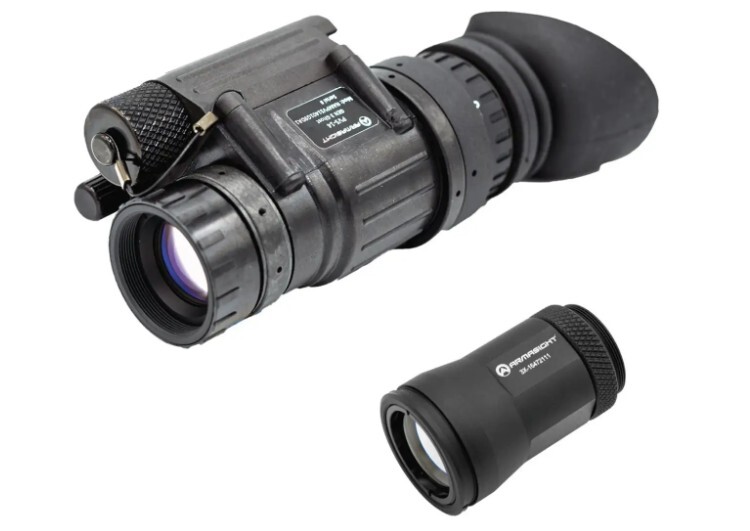
The Armasight PVS14 Gen 3 represents a solid entry point into quality night vision. This PVS-14 pattern monocular delivers the flexibility most new users need without breaking into truly astronomical price points.
What sets this unit apart is its competitive pricing in the Gen-3 category. The Armasight brand has built a reputation for quality that sits between budget options and the highest-end military units.
Price: $3,999
Features
- Gen-3 image intensifier tube (PVS-14 pattern)
- Works across common NVG use cases (training, hunting, night shoots)
- Broad accessory ecosystem (helmets, mounts, counterweights)
Pros
- Great first serious monocular; flexible deployment options
- Solid reputation and support
- Competitive pricing among Gen-3 options
Cons
- Monocular = reduced depth perception versus binos
- ~40° field of view like most PVS-14s
- Still a significant investment compared to Gen-2
EOTech BNVD (White Phosphor)
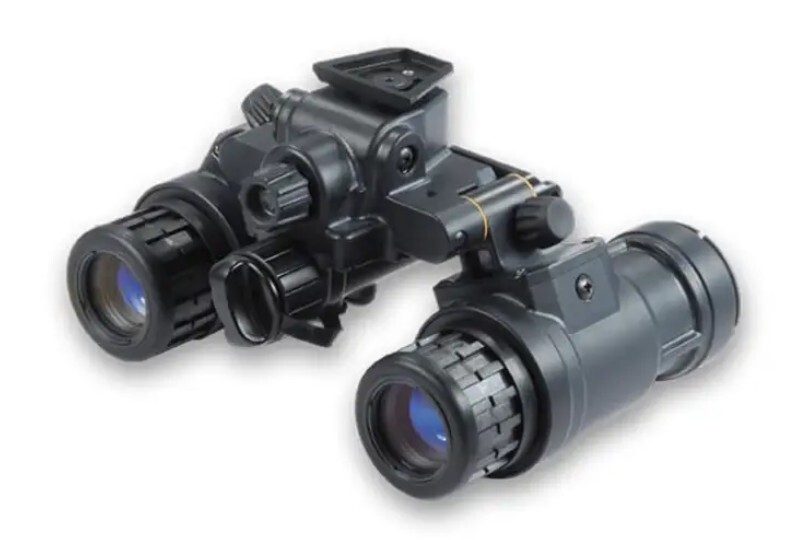
The EOTech BNVD with white phosphor tubes stands at the premium end of the consumer night vision market. These binoculars deliver exceptional clarity and comfort during extended use.
In hands-on testing, users consistently note the BNVD's superior image quality. The white phosphor technology creates better perceived contrast. It makes target identification faster and more natural than with traditional green phosphor.
Price: $13,589 (Discontinued, but may be found used)
Features
- Dual-tube binocular design for more natural depth cues
- White-phosphor Gen-3 for higher perceived contrast
- Rugged, pro-grade construction
Pros
- Excellent perceived detail and low-light performance
- Reduced eye strain on longer outings vs monoculars
- Trusted brand pedigree
Cons
- Availability restrictions in some cases (LE/MIL)
- Much higher cost than PVS-14-class units
- Heavier/front-loaded compared to monocular setups
ATN PS15-3 (Entry-Level Binoculars)
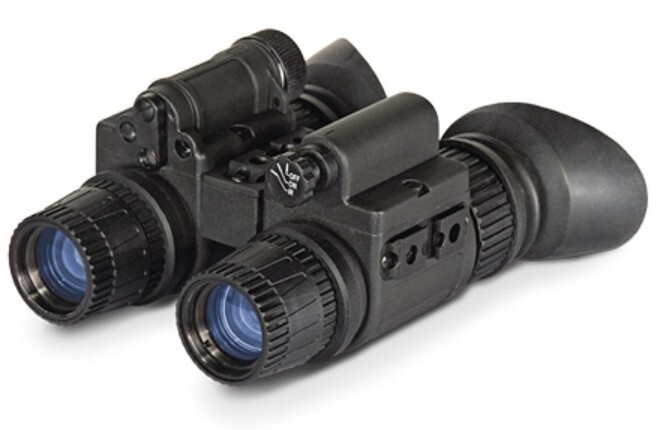
The ATN PS15-3 represents an entry point into binocular night vision. These Gen-3 units deliver the depth perception advantages of dual tubes at a price point that, though still substantial, sits below many high-end options.
For users who find monoculars disorienting or need extended viewing sessions, these binoculars offer a more natural viewing experience that reduces eye fatigue and improves spatial awareness.
Price: $7,695
Features
- Dual-tube configuration; typical ~40° FOV
- Compatible with standard helmet + shroud setups
- Plays well with IR illuminators and IR lasers
Pros
- More natural viewing than monoculars
- Better depth cues for movement/navigation
- Backed by a major NV manufacturer
Cons
- Substantial price jump vs monoculars
- Heavier; counterweights recommended for balance
- Still limited FOV compared to quad-tubes
ATN PVS14-3 (Mil-Spec Version)
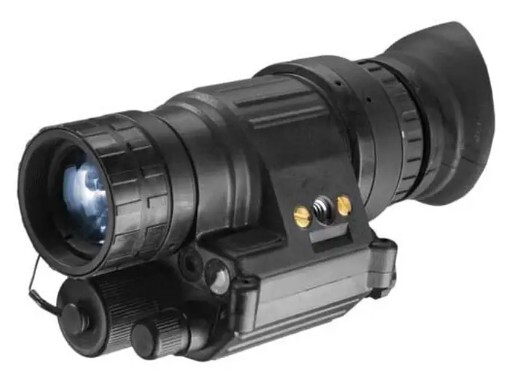
The ATN PVS14-3 represents the military specification version of the popular PVS-14 design. Built to government standards, this unit offers additional ruggedness and standardized mounting options.
The key advantage here is compatibility with the broader ecosystem of mil-spec mounts and accessories. For users integrating with existing tactical gear or planning hard use, this standardization proves valuable.
Price: $3,499
Features
- Gen-3 tube in mil-spec housing
- Interfaces with mil-spec helmet mounts (e.g., Wilcox-style)
- Suited for demanding environments
Pros
- Durable, duty-ready construction
- Flexible mounting within the mil-spec ecosystem
- Good manufacturer support and warranties
Cons
- Pricing still premium for first-time buyers
- Monocular depth limitations remain
- Potential supply/lead-time variability
ATN NVM14-3 (Civilian PVS-14-Style)
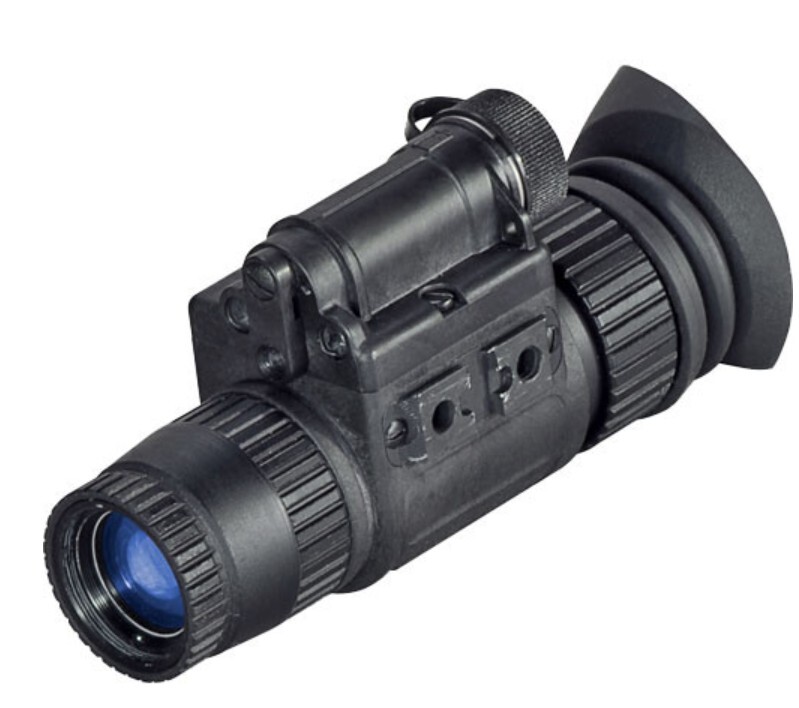
The ATN NVM14-3 offers a commercial take on the classic PVS-14 design. This Gen-3 monocular delivers strong performance with ATN's proprietary mounting system.
A standout feature includes the built-in IR illuminator mode on the selector switch, adding functionality without extra accessories for close-range work.
Price: $3,895
Features
- Built-in IR mode on the selector switch
- Includes a commercial mounting package for helmets
- Hand-held, helmet, or near-weapon utility
Pros
- Crisp image quality for Gen-3
- Ships with a ready-to-use attachment system
- Excellent for training and general night use
Cons
- Proprietary mounting limits mil-spec interchangeability
- Front-heavy without counterweighting
- Accessory choices narrower than full mil-spec ecosystems
EOTech GPNVG (GPNVG-18 / Quad-Tube)

The EOTech GPNVG represents the pinnacle of current night vision technology. Made famous in Zero Dark Thirty, these quad-tube units deliver an impressive 97° field of view compared to the standard 40° found in most systems.
This expanded FOV dramatically improves situational awareness. It allows users to see threats or obstacles in their peripheral vision without constant head movement.
Price: $42,500
Features
- Four-tube panoramic design for maximal FOV
- Professional, mission-focused construction
- Works with appropriate pro-grade helmet/mount setups
Pros
- Unmatched situational awareness; minimal "tunnel" effect
- Superior navigation and team coordination potential
- Benchmark system for niche professional roles
Cons
- Prohibitive cost for most users
- Weight and bulk demand careful helmet balancing
- Availability, restrictions, and logistics hurdles
Conclusion
Night vision technology transforms dark environments into operational spaces, but comes with significant learning curves and investment. The PVS-14 style monocular remains the best entry point for most users.
For those ready to step up, binocular units improve comfort and depth perception. White phosphor options enhance perceived detail but at premium prices.
Whatever system you choose, pair it with proper mounting, illumination, and aiming solutions. Budget for the complete ecosystem, not just the goggles themselves.
Most importantly, train regularly with your setup. Night vision requires developing new skills and movement patterns that only come through practice.
Law-enforcement agencies with limited budgets sometimes acquire NVDs via surplus/agency programs (e.g., LESO/‘1033’) or manufacturer LE purchase programs. Availability and eligibility vary; agencies should consult official channels.
Night vision devices have evolved dramatically since their first use in World War II, with each generation offering significant improvements in performance and usability. Today's civilian market benefits from technology that was once exclusively military, though high-end systems remain restricted.
Further reading: For a concise comparison before you pick gear, read Thermal vs Night Vision.
Frequently Asked Questions (FAQs)
Is Gen-2 good enough for beginners?
Gen-2 works for casual night observation and budget-conscious users. For anything tactical or requiring detailed vision, save longer for Gen-3. The jump in performance justifies the higher cost if you'll use them regularly.
White phosphor vs green—does it really matter?
Green phosphor provides good contrast and has served for decades. White phosphor creates better perceived detail and less eye strain during extended use. The improvement exists but isn't game-changing for occasional users.
What's the actual FOV of monoculars vs binos?
Most standard NVGs (both monocular and binocular) offer approximately a 40° field of view. Only specialized systems like quad-tube GPNVGs substantially increase this (to about 97°).
Can I legally own IR lasers in my state?
IR laser regulations vary by state and country. Some restrict certain power levels or require licensing. Check local laws before purchasing, especially for Class IIIb or IV lasers.
Do NVGs make sense for home defense?
NVGs create a massive advantage in low light but require training and a supporting gear setup. They're less practical for grab-and-go home defense than a quality weapon light unless you train regularly.
How long do tubes last and how do I maintain them?
Quality Gen-3 tubes typically last 10,000+ hours of use. Avoid bright light exposure, store with lens caps on, and keep batteries removed during storage. Clean optics only with proper lens tissues.
Export/ITAR: can I ship or travel with NVGs?
Night vision devices, especially Gen-3 and above, fall under ITAR restrictions. International shipment or travel requires proper licensing. Even domestic shipping has regulations. Research thoroughly before attempting either.
About the Author
This article was written by the ProArmory writing team based on current research, including studies from reputable sources like the Journal of Military Science, Firearms News, and the National Shooting Sports Foundation. We also referenced trusted information from official defense publications and respected firearm authorities such as the ATF, NRA, and manufacturer manuals.
Disclaimer: The information provided in this article is for educational purposes only and does not constitute legal advice. Laws regarding night vision devices and infrared lasers vary by state and locality. Always check your local laws before purchasing or using these items.




 Pro Armory Editorial Team
Pro Armory Editorial Team